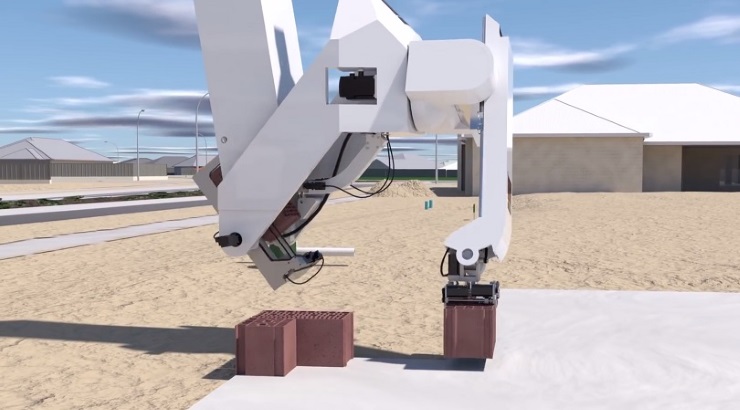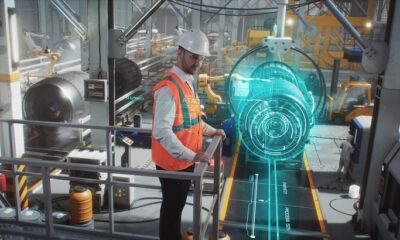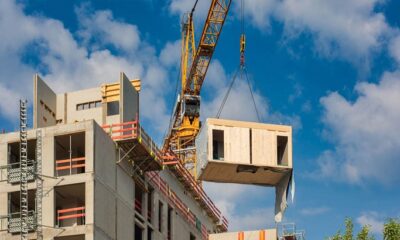Innovation
Magical Bricklaying Robot That Can Build a House in 48 Hours
Fastbricks Robotics’ Hadrian X can lay up to 200 bricks in one hour.

Hadrian X, a bricklaying robot by Fastbricks Robotics, has hit a major milestone in its commercialisation journey after managing to lay more than 200 bricks in an hour.
The Australian-based company said the new speed represents a 300 per cent increase on the first version of the robot, which is hoped to lay up to 1,000 bricks an hour in the future.
The Hadrian X robot can build a full-sized house in 48 hours.
Mike Pivac, the chief executive of Fastbricks Robotics, said in a statement that the company had succeeded in proving the real commercial case of the Hadrian X robot in practice.
“When you consider that manual brick and block laying costs globally vary anywhere from $10 per square metre to $100 per square metre, we are already cost competitive across a broad range of the market at 200 blocks per hour,” he said.
Pivac, however, said his company was working to increase the lay speed and to improve Hadrian X to further reduce the cost of laying while growing the market for the robot.
Despite its new record speed, the Hadrian X robot is still far behind the human record of 915 bricks per hour, which was set in 1987 by American bricklayer Bob Boil.
Hadrian X features a telescopic boom that mounts to a truck, which is fed a 3D CAD model of a house and goes about laying bricks along with mortar and adhesive to put up the structure.
While human operators are required to set up and load bricks into the robot, the machine becomes fully autonomous once it gets up and running.
>> Watch video of Hadrian X in action:
Since 2015, engineers at Fastbricks Robotics have been making software improvements to speed up the robot. This has raised its performance from 85 bricks an hour before the Covid-19 pandemic to about 150 bricks per hour, and then onward to 200 bricks in an hour.
The company is now targeting a speed of 240 bricks an hour.
One of the drawbacks of Hadrian X is the requirement to use specially-made Fastbricks Robotics bricks, which are 12 times bigger than standard house bricks.
READ: How technology is transforming construction industry
The bricks are lighter, stronger, and are designed to minimise wastage of material. The adhesive that joins the bricks is also made by Fastbricks Robotics and it dries in 45 minutes as opposed to the conventional mortar, which can take up to 48 hours to set.
The company, however, says the robot is not limited to custom bricks and can work perfectly with standard bricks in a range of different sizes.
A key selling point for Hadrian X is that unlike SAM100, which is commercially available, it can lay bricks around corners and build curved walls thanks to its telescoping arm.












